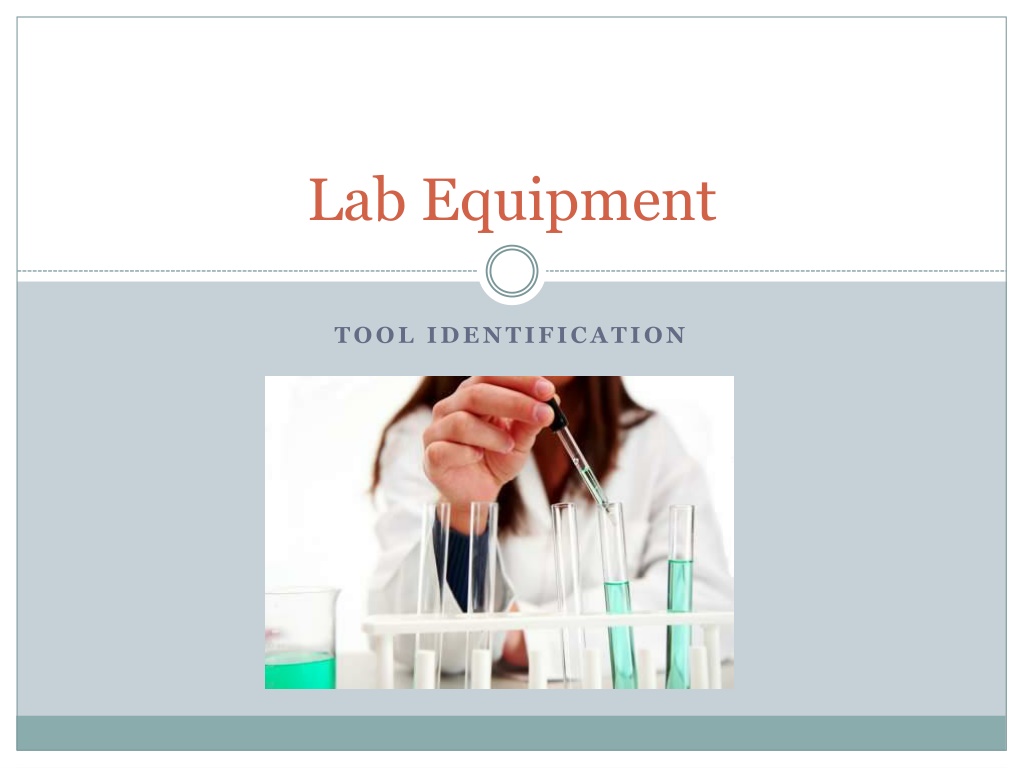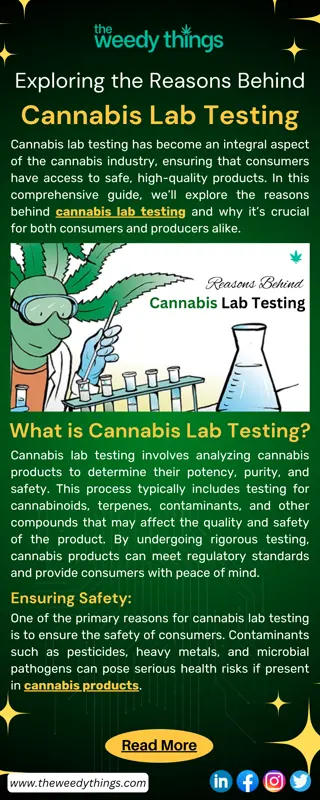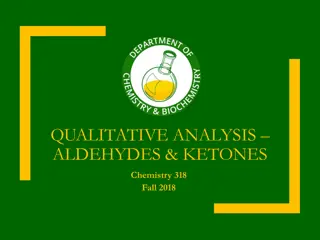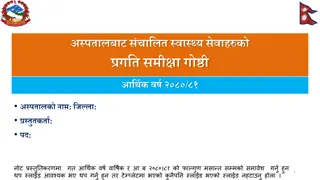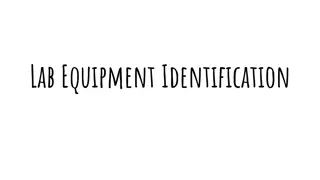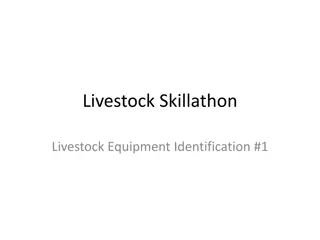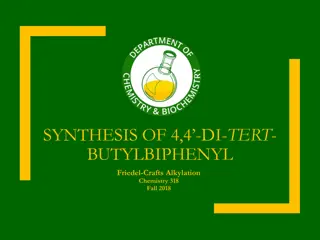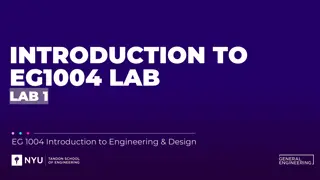Lab Equipment Identification Guide
In this detailed guide, you will find information and images of various essential lab tools such as beakers, calculators, pH probes, spectrometers, and more. Learn about their uses and how they aid in conducting experiments and analyses.
Download Presentation

Please find below an Image/Link to download the presentation.
The content on the website is provided AS IS for your information and personal use only. It may not be sold, licensed, or shared on other websites without obtaining consent from the author.If you encounter any issues during the download, it is possible that the publisher has removed the file from their server.
You are allowed to download the files provided on this website for personal or commercial use, subject to the condition that they are used lawfully. All files are the property of their respective owners.
The content on the website is provided AS IS for your information and personal use only. It may not be sold, licensed, or shared on other websites without obtaining consent from the author.
E N D
Presentation Transcript
Lab Equipment TOOL IDENTIFICATION
Computer Performs calculations, creates documents, stores and displays data, and searches for information.
Beaker Glass container used to measure, mix, or heat liquids.
Calculator Performs mathematical calculations, creates graphs, and analyzes data.
Tape measure Measures long distances, ranging from 6 to 25 feet.
pH probe Measures the pH of a liquid sample.
Spectroscope Measures wavelengths of light and can be used to identify a substance.
Stopwatch Measures and records time intervals.
Temperature Probe Measures temperature of a sample.
Water Test Kit Tests water properties such as pH, water hardness, alkalinity, or iron.
Insect Trap Attracts insects and traps them within a container or by a sticky substance.
Test Tube Small glass container used to measure, mix, or hold liquids.
Notebook Used to record information and observations during the lab.
Graduated Cylinder Measures liquids precise volume.
Psychrometer Measures humidity by measuring the difference between the wet and dry bulbs.
Anemometer Measures wind speed.
Balance Measures mass of sample.
Microscope Used to view very small objects by magnifying them.
Globe A model of the earth.
Meter Stick A measuring stick one meter long, usually with markings for centimeters and millimeters. Used for measuring length.
Ruler Measuring stick one foot long, usually with markings for centimeters and millimeters, or inches. Used for measuring length.
Microscope Slide Specimens are placed on the glass microscope slide since they are transparent only the specimen is seen.
Hot Plate Used to heat samples contained in beakers and other flat-bottomed containers.
Triple Beam Balance Used to measure mass.
Collecting Net Used to collect things such as bugs, leaves, or fish.
Thermometer Measures temperature.
Hand Lens Produces a magnified image of an object.
Spring Scale Measures mass based upon the tension in a spring produced by the weight attached at bottom.
Stereoscope Produces a magnified image of an object, to a lesser degree than a microscope.
Digital Camera Captures images and records videos.
Petri Dish Shallow dish full of nutrients used to grow microorganisms like bacteria.
